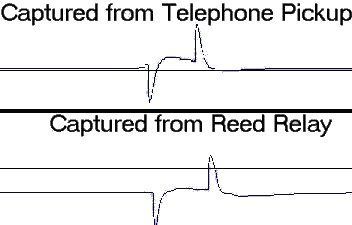|
Advanced sound setup - Step-By-Step (For
Windows 98 & XP)
|
|
For Audiophiles using many sound softwares
|
|
|
|
|
Having too many softwares for audio editing and Digital signal processing on your
system can distort your sound system's output. This is an issue that can affect your work with music files as well
as Shakti's output. If you are using many sound softwares, you should test your output from time to time. In many
cases, unexpected distortions can appear. The remedy for this is not known at this time, but it's good to know
you are working with this distortion. It can lead to distortion in your final audio files, and eliminating it by
formatting your hard drive once in a while is a good idea. Of course, you should back up your important files before
doing anything so radical, but if you do audio work, your efforts will have better results if your output isn't
distorted by conflicting audio softwares.
|
|

|
|
|
For Audiophiles and others who mess with their sound card too much:
One source of distortion may come from having too many sound softwares on your system, each adding conflicting
sound settings.
The picture on the left shows a display of the raw output from a sound card, captured using a sound utility that
writes the raw output to a file.
The top shows the output on a system that had over 50 assorted sound programs installed. The signal was highly
distorted.
|
|
Output sampled using WinAmp 2.80
with File
Writer Plugin by Japar Van De Gronde
Windows 98SE / Creative labs AWE64 sound card
Click HERE for a convenient test signal
(66 hertz square wave in wave file format)
The file writer plug-in needs to be activated through the visualizations interface in WinAmp. After it's been configured
and started, it will automatically write the output from your sound card to a file. Open both the source signal
and the output signal in a wave file editor.
|
|
|
The input was one-half of a cycle of a square wave.
When the hard drive was formatted and the OS re-installed, the same sound file now generated raw output that matched
the sound file. At present, it is not known which software introduced the distortion. However, if you have multiple
sound softwares on your system, you might like to check your output using winamp
and an output writer
plug-in. Open the wave file using a wave file editor, and
look at both the files.
You'll be able to spot significant differences by looking under extreme magnification.
The only other way to view distortion is to use an oscilloscope or more complicated signal analysis softwares.
The easiest wave editor capable of displaying a sound (and a freeware) is SoundPad.
Click HERE to download
it
The license says that the program is freeware, but donations are
accepted.
|
|
|
|
|
|
|

|
|
|
Question:
How faithful is the output from the telephone pickup?
Answer:
The picture to the left shows the answer.
The top picture shows a recording made of a magnetic signal sampled from a phone pickup.
The bottom picture shows the same signal sampled from the coils used in the Koren Helmet; an adapted reed relay.
The Reed relay coil shows a small deviation from the baseline. Results obtained using it in lab settings suggest
that the deviation is insignificant. The deviation moving it below from the baseline in the signal captured from
the reed relay suggests that the telephone pickup may be superior to the coils used in the past
|
|
|